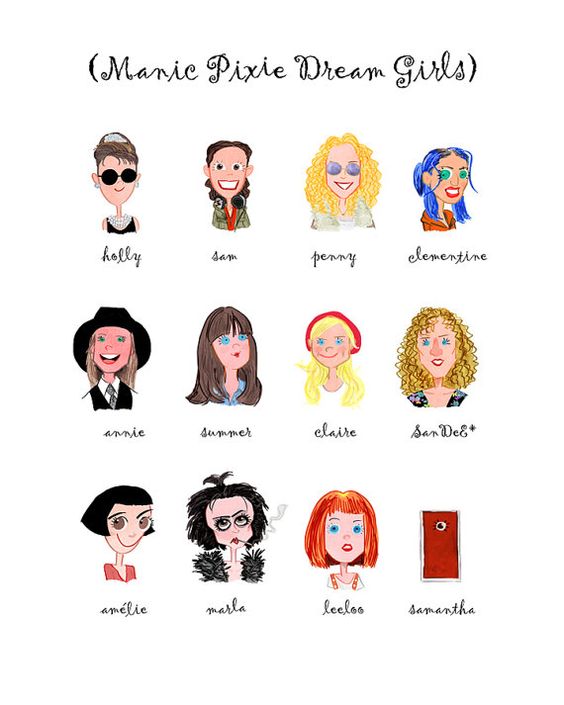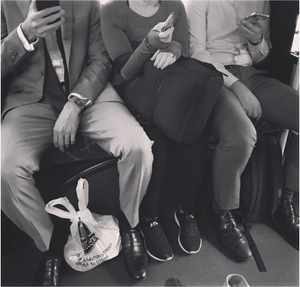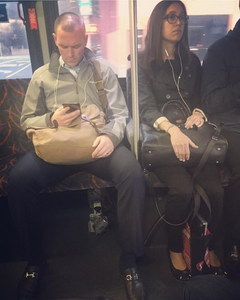By: Maria Ordoñez

The thing about male Lyft drivers is that I’m trapped in their car.
I’m acutely aware of it the second I close the door behind me. It’s like a palpable transfer of power that happens when I entrust my safety to a stranger. It’s a transfer that I consent to when the bus doesn’t show up on time, when I’m late for work, or when I don’t want to walk home alone in the middle of the night. However, this power is often abused by male Lyft drivers who see my vulnerable position as an opportunity to say things like:
“How old are you?”
“Is this where you live?”
“Do you have a boyfriend?”
“I would love to take you out sometime.”
“You should give me your phone number.”
“You are so [insert unwanted compliment here].”
“You have such nice [insert body part here].”
I receive comments like these more often than I ever should, but I never say anything about them, because if I reported every time a male Lyft driver made me feel uncomfortable or objectified, I’d never have time for anything else. That is, until a few days ago:
I had gotten out of class late and had fifteen minutes to get to my job across campus. My job was a 30-minute walk away and the bus was 47 minutes away. And so, I decided to order a Lyft.
From the moment I got into the car, my Lyft driver began complimenting my appearance. It started with my eyes and how special they were. Then, it continued with how “hot” I was making his car. After that, he asked me questions, like how old I am, where I live, and if I smoke weed.
At this point, I’m beginning to feel uncomfortable, praying that no other passenger get added to my shared ride, if only to get out of his car as soon as possible. He then offered to take me back to his place to smoke weed with him, saying how bad he could “fuck me up.” I nervously laughed off the offer as we arrived at my destination. I was relieved to get out, until I noticed his car lingering at my drop-off. I left as quickly as possible, questioning what made him think any part of his behavior was ok.

So, tell me, Lyft driver, how exactly did you expect this to play out?
Did you expect me to forget about the paying job I was on my way to and go home with you instead?
Has that worked for you before?
Has that worked for anybody?
Ever?
Because all I know is that it’s been days since I felt trapped in your car, and I’m still angry.
I’m angry at you for having the power to make me feel unsafe.
I’m angry at myself for not speaking up in the moment.
And I’m angry at Lyft for not doing enough to put an end to this kind of behavior.
You see, that day, as soon as I got home, I reported this Lyft driver for his inappropriate behavior. The next day, I received a generic email from a Lyft representative apologizing for the incident. The email went on and on about how much they value my safety and comfort, but in the end, the only thing they had to show for it, was a promise that I would never be paired with the same driver again.
And that’s the problem.
The lack of action taken by companies, like Lyft, is what perpetuates cultures of sexual harassment. Lyft drivers know that there are no real consequences to their actions and that they are at liberty to continue treating young, female passengers like potential conquests instead of customers.
Any Lyft driver, male or otherwise, who takes advantage of the unbalanced power dynamic between a driver and a passenger, should not be paired with anyone at all.
When I use shared ride services, like Lyft, I deserve to feel safe and respected every second of the way – whether I’m going to class in the middle of the day or to my dorm room in the middle of the night.
And that is the thing about male Lyft drivers.
But, most of all, that is the thing about Lyft.

















